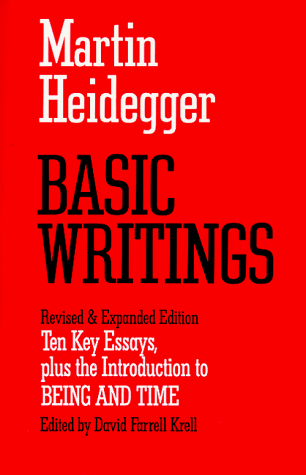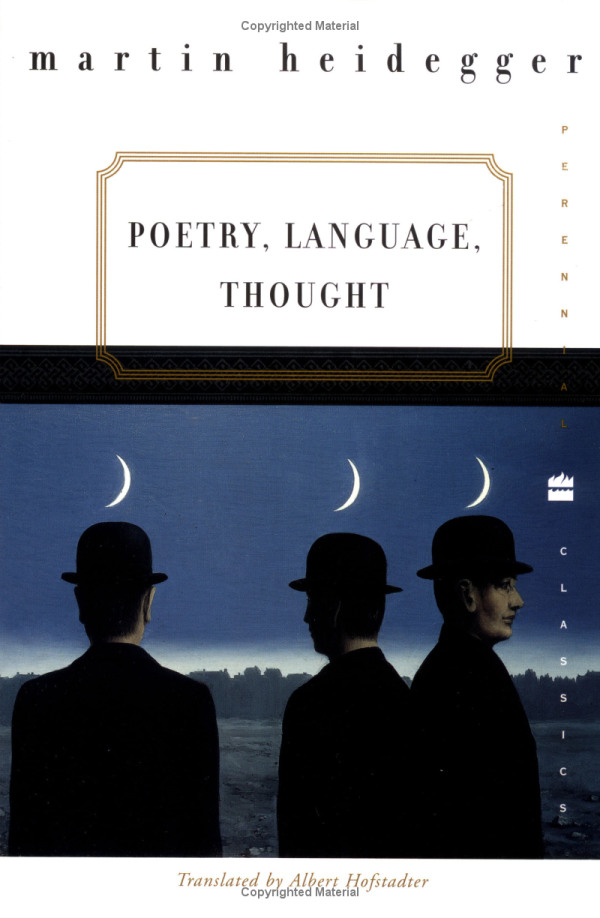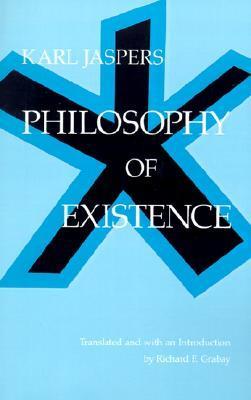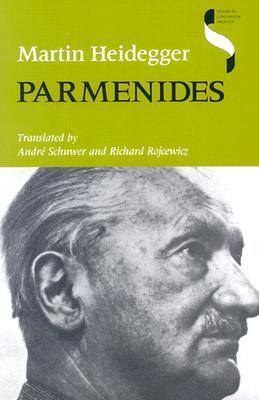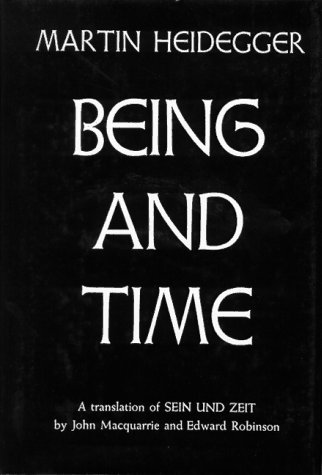
Being and Time
Book Description
What if the very essence of existence could be unraveled in a single, profound moment? *Being and Time* masterfully explores the intricate dance between human experience and the fleeting nature of time, diving deep into concepts of being, identity, and authenticity. As it challenges conventional wisdom and beckons readers to confront their own existence, a sense of urgency and awakening pulses through each page. Captivating and thought-provoking, Heidegger's work revolutionizes our understanding of what it means to truly live. Are we merely existing, or are we ready to embrace the deeper truth of our being?
Quick Book Summary
"Being and Time" is Martin Heidegger's seminal exploration into the fundamental nature of human existence. Heidegger shifts philosophical focus from abstract notions of being towards the concrete experiences of the individual, whom he calls Dasein. Embedding Dasein in the world, Heidegger analyses the structures through which humans encounter, understand, and make sense of their own being. Central themes include authenticity, anxiety, and the role of time in shaping existence. Heidegger challenges readers to confront their own mortality and transcend the superficial routines of daily life to live more authentically. Profoundly influential, this work reshapes existential and phenomenological philosophy, inviting us to reconsider what it truly means to be.
Summary of Key Ideas
Table of Contents
Understanding Dasein – The Nature of Human Existence
Heidegger begins "Being and Time" by reframing the central question of philosophy—not simply "What is being?" but rather, "Who is the being who asks about being?" This leads to a focus on Dasein, the term Heidegger uses for human existence. Dasein is unique because it has an understanding of its own being. Heidegger contends that to truly study being, we must analyze the structures and conditions of Dasein's everyday experience, rather than seeking abstract definitions detached from lived reality.
Being-in-the-World – Our Relationship to the World
Crucial to Heidegger’s project is the concept of being-in-the-world. Humans are not isolated minds; instead, we are always already situated within a world, engaging with objects and other people. Our environment is filled with significance and meaning because of our practical involvements—tools are "ready-to-hand" for use, and relationships are embedded in shared contexts. This challenges the Cartesian dualism between mind and world, placing experience at the intersection of the two.
Authenticity and Inauthenticity – Living True to Ourselves
Heidegger distinguishes between authentic and inauthentic modes of existence. Most individuals drift into inauthenticity, absorbed in the routines and expectations of "the They"—the anonymous social world that dictates norms and behavior. Authenticity, on the other hand, arises when Dasein confronts its own possibilities and becomes resolute, choosing its path rather than following the crowd. This confrontation often emerges in moments of anxiety, when the fragile ground of daily routines falls away, revealing the true freedom and responsibility of existence.
Being-toward-Death – Mortality and the Meaning of Life
A critical aspect of Heidegger’s analysis is the role of death in shaping human existence. Being-toward-death is the recognition that our lives are finite and shaped by their ultimate end. Rather than morbid preoccupation, facing mortality grants Dasein the opportunity to live authentically, breaking free from triviality. Death is not simply an event, but a persistent horizon shaping how we value and choose actions in the present, motivating us to seize the uniqueness of our existence.
Temporality – The Role of Time in Existence
Finally, Heidegger situates the entirety of being within the context of temporality. Time is not a mere sequence of moments but is deeply intertwined with being itself. Dasein projects itself towards the future, draws meaning from the past, and acts authentically in the present. Heidegger argues that understanding ourselves as beings-toward-the-future, always becoming, enables a more profound grasp of existence, authenticity, and what it means to truly live.
Download This Summary
Get a free PDF of this summary instantly — no email required.
